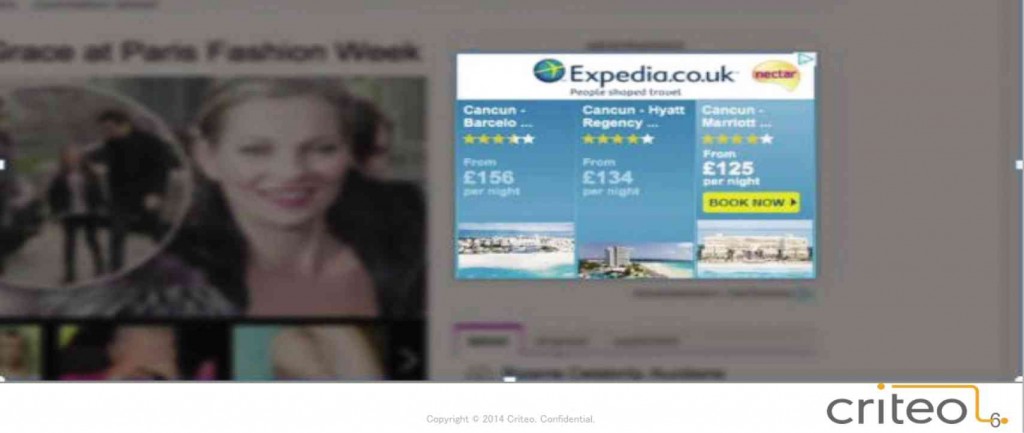‘E-commerce is here to stay’
By 2020, the Asia Pacific region is expected to undergo an exponential growth. And the Philippines is seen to benefit from this through e-commerce.
Before, Filipinos used to be wary of purchasing goods and services on the Internet. Not anymore. They now see the Internet as a real market where there are more choices to explore.
According to a study by French Company Criteo on the state of the country’s mobile commerce, the average Filipino allocates 16.8 percent of their time on the Internet daily. Forty-two percent spend it on social media.
With a population that is a hundred million strong, the country has caught the eye of most international companies that are eager to get a slice of the Philippine pie.
Forty-four percent of Filipinos are smartphone users. Most spend their time browsing shops online or checking the availability of tickets and hotels. But 97.5 percent of users get to leave e-commerce sites without buying anything.
Article continues after this advertisementTo urge consumers to transact online, Criteo—a performance marketing technology company based in France—created a technology that would enable businesses to maximize digital advertising investments by effectively engaging online consumers across any screen or device.
Article continues after this advertisementCriteo makes use of predictive technology. Its engine is a state-of-the-art learning machine that predicts and recommends algorithms. As it processes data, the engine delivers dynamically created ads that are personalized for each consumer.
For instance, a consumer is checking the availability of hotel rooms on the Agoda website when she suddenly remembers she needs to send out an e-mail. She then navigates away from the Agoda page. But back on the user’s home page, Criteo has created an ad reminding the user that she is in the process of booking a hotel room. By clicking the ad, it will redirect the user back to Agoda.
Tha Criteo engine serves more than a billion impressions per day and handles 15 millions requests per second. It can decide, create and deliver personalized ads in 20 milliseconds.
Criteo buys ad space from publishers on a cost per thousand basis. The clients pay via the cost-per-click model—they only pay when a customer clicks on the ad.
However, Yuko Saito, managing director of Criteo Southeast Asia, sees certain challenges in the Philippine market. For one, most Filipino users don’t have credit cards. Another is the slow Internet connection.
“Slow Internet often leads to bad experience for the user. But it could be overcome with enough infrastructure in place,” she says.
More users in the Asia Pacific are consuming media through several platforms such as laptops, smartphones and tablets.
According to Saito, this is the optimum setup for marketers who wish to engage their consumers across devices and platforms.
In the Philippines, Criteo is used by Zalora, Metrodeal and Agoda booking.
“M-Commerce,” or mobile commerce, accounted for 34 percent of sales in the first quarter of 2015. In the Philippine, sales have gone up by 25 percent.
“It is catching up very quickly through leaping technology. And we only expect it move forward,” Saito said.
On privacy and transparency, Criteo offers an “opt-out” button on their ads.
“We don’t store or use personally identifiable information. For transparency, an icon is seen on the privacy page to disclose relevant information about the website,” Saito said. “E-commerce is here to stay. So retailers must learn to embrace this economy. It’s still small, but it will expand. It will take time, but it’s not going away.”
